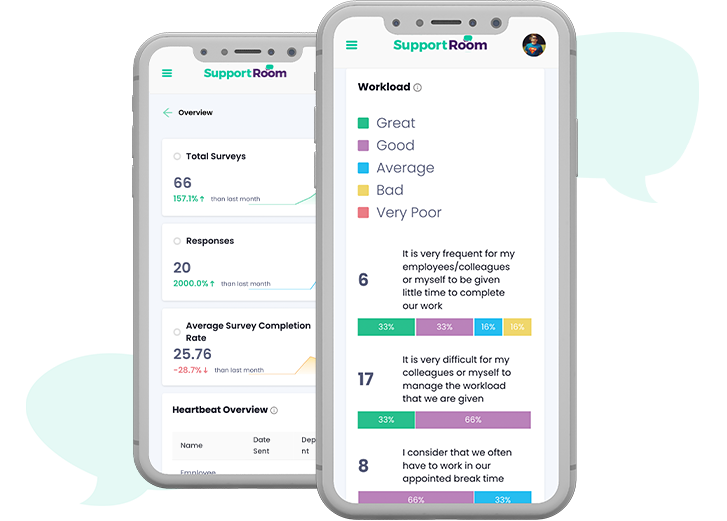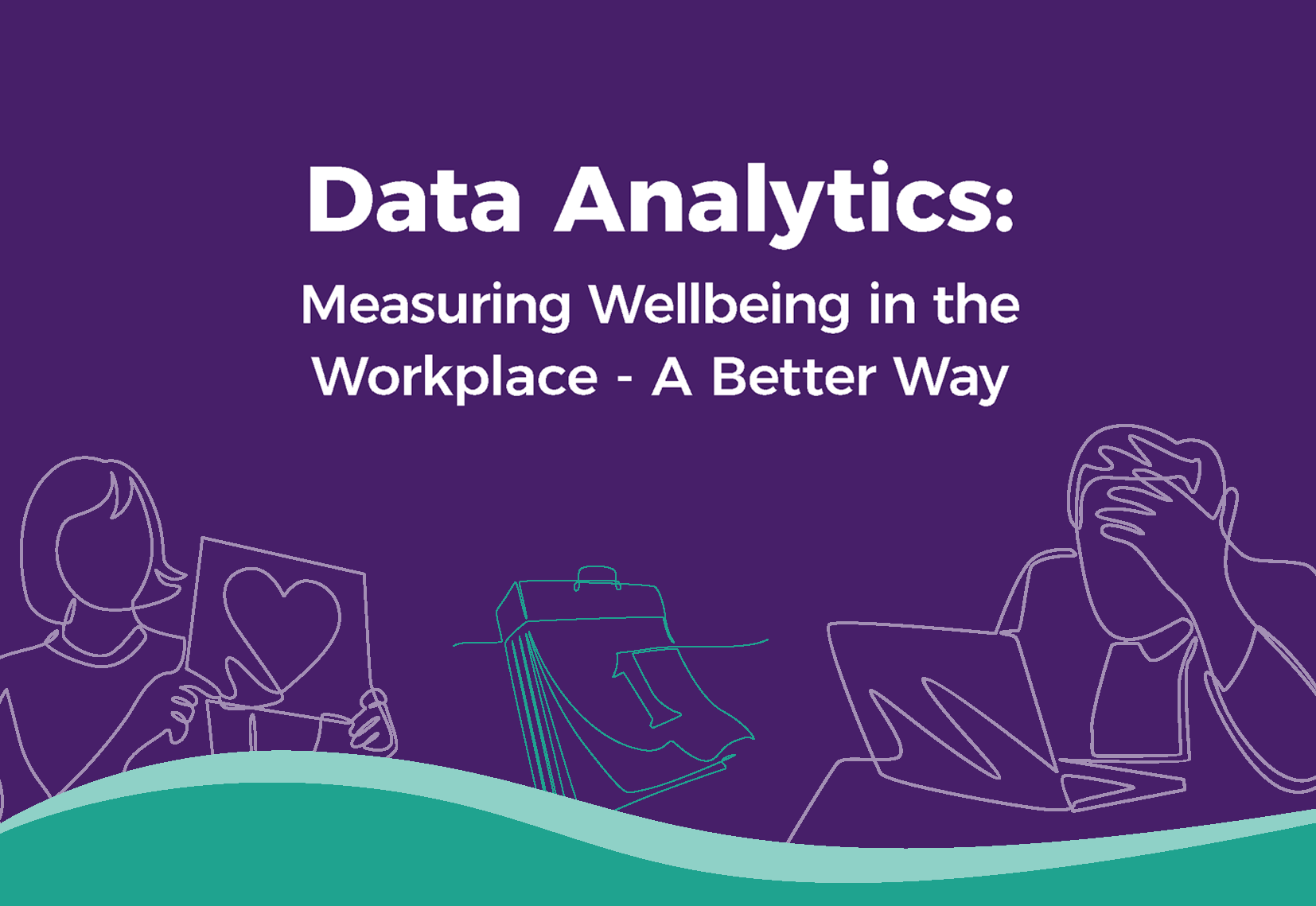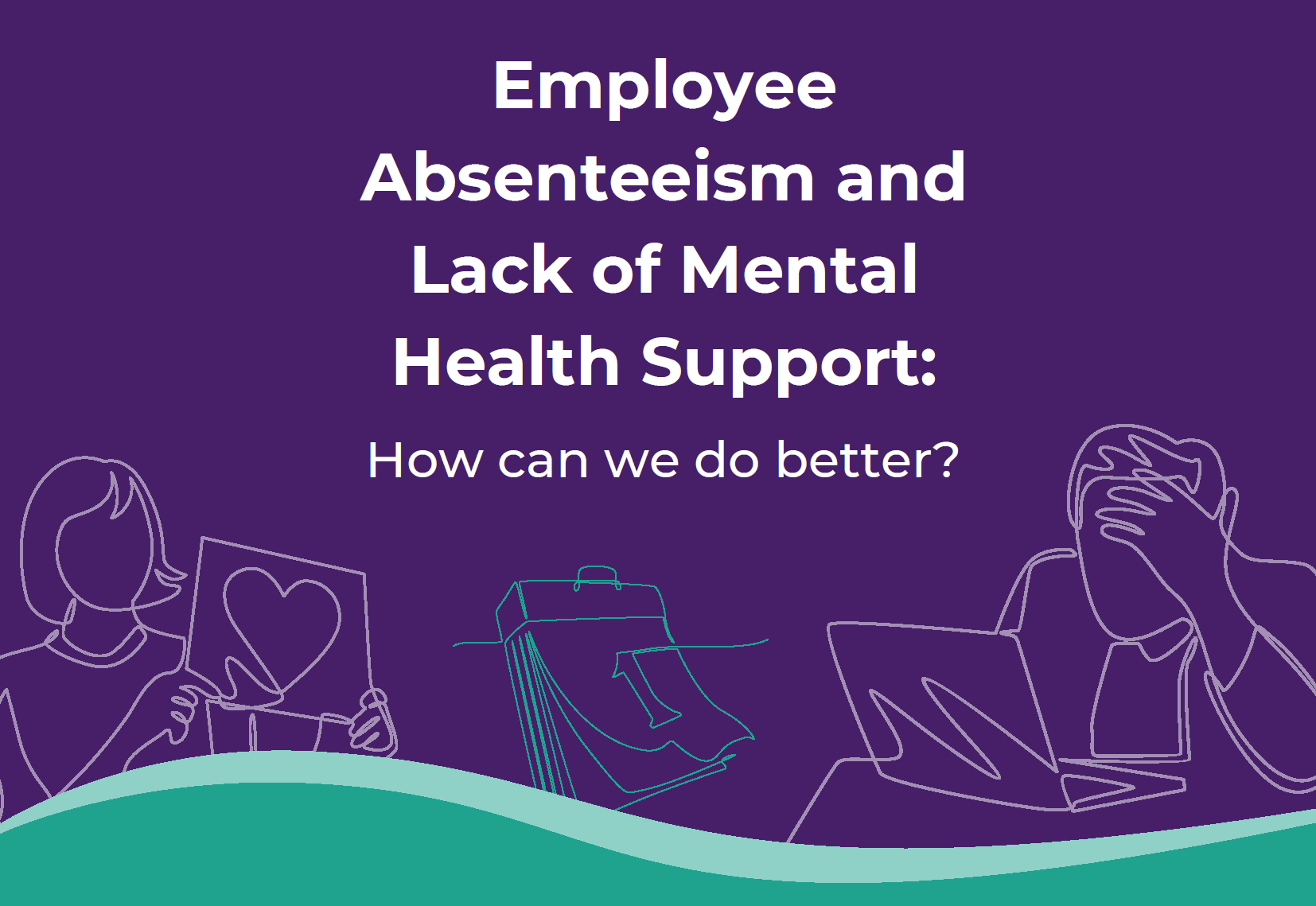Suicide Prevention in the workplace
Talking about suicide is difficult for most people. Due to the stigma associated with this topic, many will find it challenging to open up to their loved ones about suicide-related thoughts. They will conceal their struggles and intentions, leading those around them to think that they don’t need any support.
The difficulty in predicting whether someone will commit suicide is one of the most challenging aspects of this topic. According to the Office for National Statistics, In England, the suicide rate in 2020 was 10.0 per 100,000. The most vulnerable are men aged 45-49, with a rate of 23.8 per 100,000. Males in general (15.3 per 100,000) are three times more likely to end their lives compared to women (4.9 per 100,000). It is not a coincidence that men — who are discouraged from showing emotion and talking about their struggles — are the leading gender to commit suicide. Building up unexpressed pain and frustration can lead people to feel like they cannot cope anymore, and the most obvious solution is death.
Organisational prevention strategies
Workplaces have an obligation to take preventative measures against suicidal death. This means that all organisations must have clear policies that protect employee wellbeing and minimise psychological distress.

Gain FREE access to Heartbeat
Get a free Heartbeat Survey.
Let us uncover the true state of your team’s wellbeing with a free mental health survey for your entire organisation.
Gain valuable insights to see how you can better support your team’s mental health and performance.
No pitch. No credit card required.
Trainee Integrative Psychotherapist Teodora Ghiur from SupportRoom wanted to share Some ways in which workplaces can prevent suicide are:
- Create a respectful, inclusive work environment. Employees who feel isolated and discriminated are more likely to develop mental health conditions like depression, which increases the risk of suicide. An inclusive work environment can ensure that this is avoided.
- Identify employees who might be at risk. Although not all people who end up committing suicide will show visible signs of depression, it’s crucial that workplaces are aware of employees who are going through a particularly difficult time. Is there anyone who has had a major tragic event in their lives? Anyone who has been given a serious mental health diagnosis? Knowing who may need a little more care and support is key when organisations want to take active suicide prevention measures.
- Create a plan to take action. Recognizing that an employee is in need is not enough on its own. Managers and HR professionals need to be prepared to help individuals get help. This preparation includes training managers about mental health concerns, creating strategies for having difficult conversations, and developing an action plan that can be enacted should a crisis arise.

Gain FREE access to Heartbeat
Get a free Heartbeat Survey.
Let us uncover the true state of your team’s wellbeing with a free mental health survey for your entire organisation.
Gain valuable insights to see how you can better support your team’s mental health and performance.
No pitch. No credit card required.





